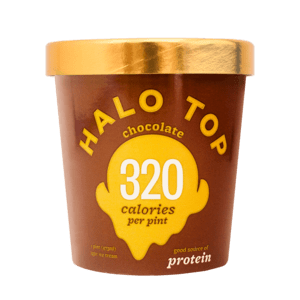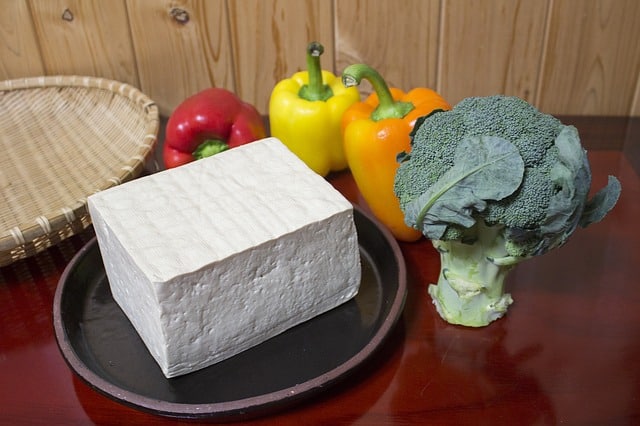 Piper writes:
Piper writes:
“Ordinarily, I try to eat natural, whole foods. But I have a soft spot – literally and figuratively — for ice cream. There are some new brands of ice cream, such as Halo Top, that are supposedly higher in protein and lower in fat, sugar, and calories. The main ingredients are milk protein concentrate, erythritol, corn fiber, and other things one would not find in premium ice cream. Being able to eat an entire pint of ice cream for just a few hundred calories is tempting. But are these products too processed to be good for us?”
Premium ice creams made from milk, cream, and sugar can claim to be less highly processed and perhaps more “natural.” They are also deliciously rich–meaning, high in sugar, fat, and calories. If you’re the type that can savor the recommended (but ridiculously small) half-cup serving size, you can enjoy a decadent treat without doing too much damage.
The problem is that most of us can easily plow through an entire pint of Ben and Jerry’s (did I mention the part about delicious?), at which point we’ve consumed a half day’s worth of calories and four day’s worth of added sugar.
One of the big attractions of Halo Top ice cream is that you can eat the entire pint for about the same number of calories as a tiny scoop of Ben and Jerry’s. You also get 20 grams of high-quality protein, 12 grams of fiber, and 24 grams (one day’s worth) of added sugars. For many people, Halo Top wouldn’t just be a healthier dessert option; it would make a more nutritious breakfast!
What is in this stuff?
Although taste is highly subjective, I actually think they taste pretty darned good. Which is surprising when you look at the ingredient list, which contains things like erythritol, prebiotic fiber, milk protein concentrate, vegetable glycerin, organic guar gum and organic stevia leaf extract (in addition to things like milk, eggs, cream, and cane sugar).
This is not a minimally-processed food, by any stretch of the imagination. But perhaps this is processing put to a good cause. Continue reading “Is Halo Top Ice Cream Healthy?”

